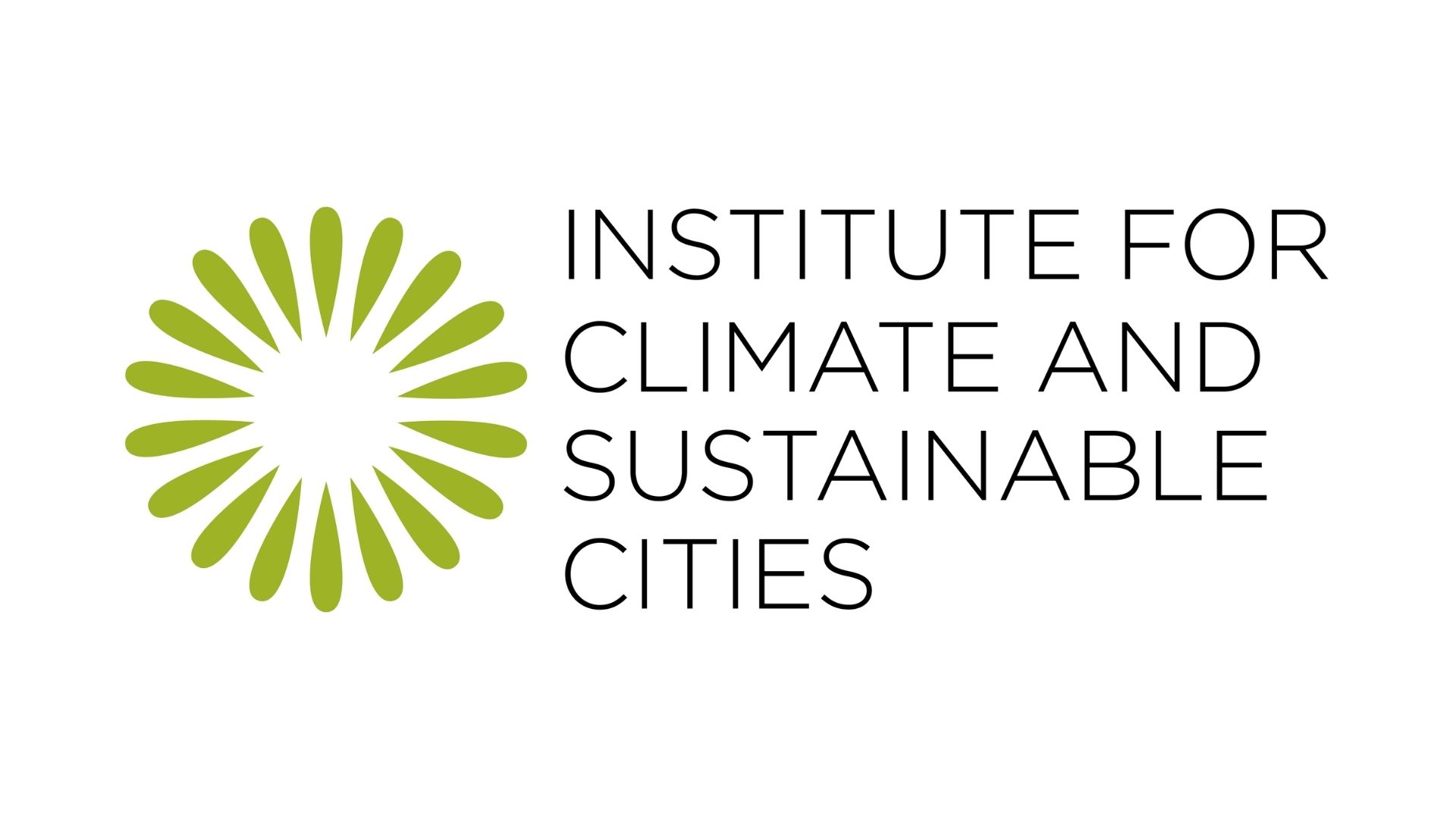ICSC: Possible Yellow Alert In Luzon Starting April 24
- April 19, 2023
- 0

Yellow alerts may occur in the Luzon Grid during the April to mid-June period, according to the recent report of the Institute for Climate and Sustainable Cities (ICSC),
The Department of Energy (DOE) warned that there may be a total of 15 weeks under yellow alert status, as compared to their earlier estimate of 12 weeks and no proven periods under red alert status, in a presentation by Energy Undersecretary Rowena Cristina Guevara.
ICSC took into account the assumption of DOE, which includes peak demand requirements of 13,125 megawatts (MW), no planned maintenance shutdowns, and forced power plant outages totaling 600 MW during the second quarter of this year.
“Higher demand during summer lowers the available generating capacity from Weeks 17 (April 24 to 30) to 24 (June 12 to 18) of 2023,” mentioned Jephraim Manansala, author of Luzon Power Outlook 2023 Report and chief data scientist of ICSC.
According to ICSC, the government and power industry corporations should implement the Interruptible Load Program (ILP), follow the Grid Operating and Maintenance Program (GOMP), ensure that ancillary services are adequate, and make sure that power projects are finished in time to supply the necessary capacity in order to prevent power supply issues, resulting into red alerts.
“The supply can further deplete as forced outages of large baseload power plants can unexpectedly occur in these times, likely pushing the system into yellow alert and near red alert levels. This highlights the need to monitor the compliance of all power plants with the GOMP plans of the National Grid Corporation of the Philippines (NGCP),” Manansala stressed.
Recommissioning the Ilijan combined-cycle natural gas power plant by San Miguel Corporation (SMC) is seen as of crucial importance, ICSC said. It is, however, yet to be operational due to a lack of gas supply since June 2022.
Manansala made clear that following contingency plans may aid in a power crisis, but long-term solutions are called for to address the energy challenges experienced by the country.
“The current grid, centralized on large baseload coal power plants, is unsuitable f